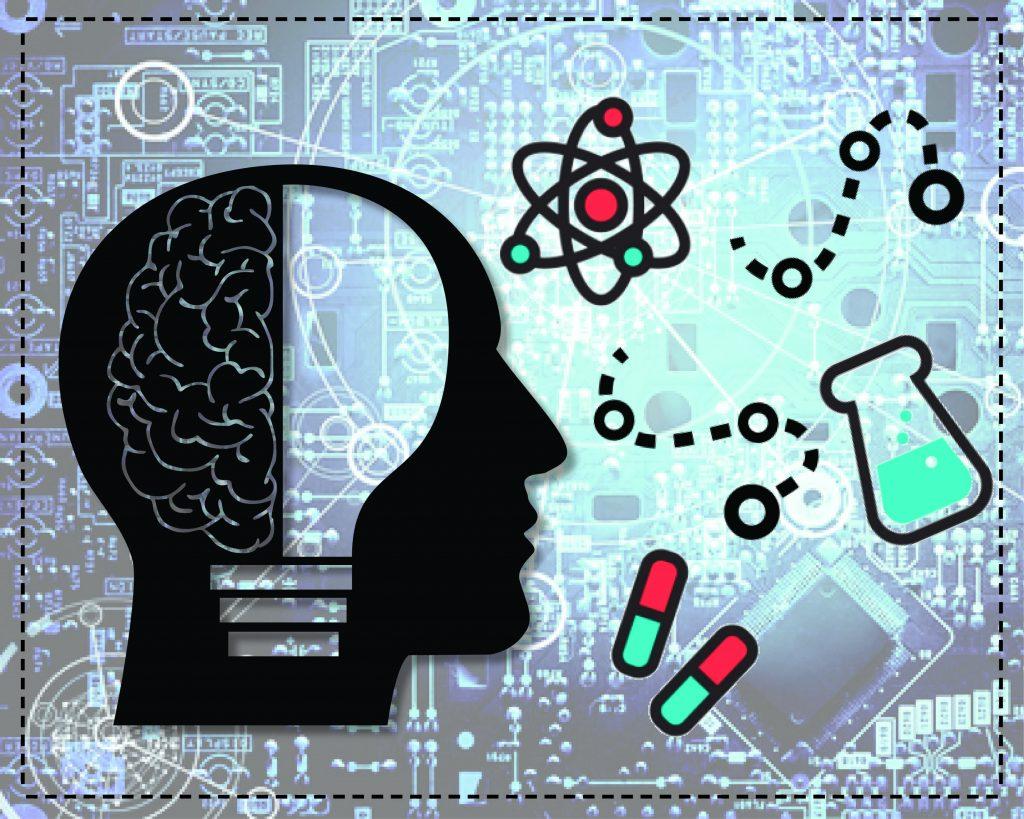To students who take courses related to the broad field of “science” such as chemistry,
physics, biology, or environmental science, these subjects may appear to be tedious and
challenging, or may even be their least favorite at school. So, how would you make
“science” enjoyable, entertaining, or at the very least, somewhat bearable? It is simple:
just change the focus. Instead of struggling to comprehend the structure of an atom or
cram complicated chemical reactions inside your head, sit back and get ready to explore
the untrodden territories of science mixed within our everyday lives.
Epilepsy, a persistent disease with recurrent seizures, is found in about 3 million people
in the US today; in fact, 50 million people around the world today have the disease,
according to the World Health Organization (WHO). Usually occurring due to genetic
influence or head trauma, this disease occurs randomly throughout one’s lifetime, causing
epilepsy patients to live in a state of constant uncertainty of when they will experience
their intermittent seizures. However, fortunately for all the patients who are constantly
walking on eggshells, there is exciting news.
Recently, a research team at the University of California San Francisco (UCSF), found
evidence that could help prevent epilepsy patients from suffering through unexpected
seizures, such as brief hallucinations and sporadic jerking movements, in the future.
While it was originally assumed by many that brain seizures from epilepsy are
completely random, evidence was finally presented to show that spasms are less erratic
than they appear to be. By using a device called the NeuroPace RNS System, the research
team discovered a pattern of monthly cycles of brain activity displaying the likelihood of
seizures to occur. Although the pattern was slightly different between every individual,
the general trend was still repeated in more than 30 of the 37 epilepsy patients who were
tested: rising at first, meeting the peak, and then falling again.
With the data in their hands, the researchers claimed that it is now possible to find out
when the patients are at the highest-risk, and inform them so that they can be ready to
face the seizures beforehand. Moreover, by notifying the patients of their general pattern
of epilepsy, it is now possible to tell them when to avoid potentially dangerous activities
like intense sports when they are at a high risk of experiencing convulsions. Therefore,
the new research and discovery of finding seizure patterns in patients not only creates a
safer atmosphere, but also lessens the uneasiness among these patients.
The results of the research conducted by UCSF, with the help of advanced technology, is
likely to make significant improvements in lessening the risks of epilepsy. Similar to a
weather forecast, this new discovery allows the patients to be prepared for any kind of
convulsion, like how we prepare for a lightning to occur at any given moment. Hence, instead of worrying constantly, it is finally time for the victims of epilepsy to take a
break.
Epileptic Seizures predicted through monthly brain patterns
Jenny Seo
|
Jan 31, 2018
0

